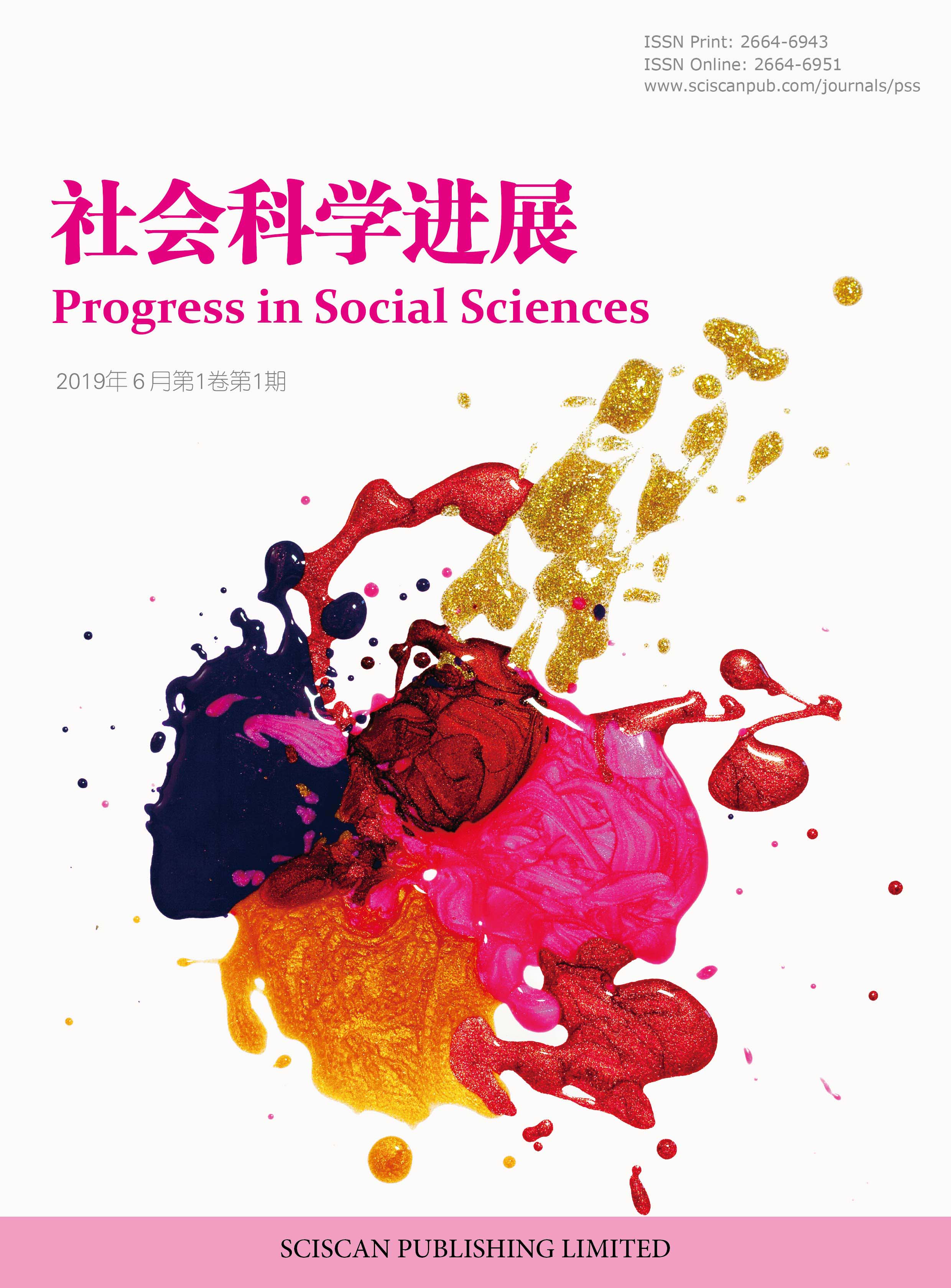Progress in Social Sciences
ISSN Print: 2664-6943
ISSN Online: 2664-6951
Contact Editorial Office
Subscribe to the latest published information from SCISCAN
破产程序中环境债权清偿问题研究 ——基于“双碳”目标下企业退出机制的法治保障
Study on the Repayment of Environmental Claims in Bankruptcy Proceedings —Based on the Legal Guarantee for Enterprise Exit Mechanisms under the “Dual Carbon” Goal
- Authors: 常岳
-
Information:
内蒙古工业大学,呼和浩特
-
Keywords:
Environmental claims; Settlement priority order; Priority of remediation costs; Liability piercing; Green bankruptcy环境债权; 清偿顺位; 修复费用优先权; 责任穿透; 绿色破产
- Abstract: On the Settlement of Environmental Claims in Enterprise Bankruptcy Under the Rigid Constraint of the “Dual Carbon” Goal Under the rigid constraint of the “Dual Carbon” (Carbon Peaking and Carbon Neutrality) goal, the predicament in settling environmental claims amid enterprise bankruptcy has become increasingly prominent, emerging as a weak link in the legal construction of ecological civilization. Statistics show that the number of bankrupt enterprises involved in environmental violations has increased by an average of 37.2% annually, yet the average settlement rate of environmental claims is merely 6.3%, with the government’s advance payment accounting for as high as 89%. This has formed a vicious cycle characterized by “enterprises exiting the market, pollution remaining, and society footing the bill”. The root causes lie in three aspects: Ambiguity in legal attributes leads to confusion in the identification of remediation costs. In judicial practice, there are significant divergences regarding whether to classify such costs as common benefit debts or ordinary claims; The absence of a clear settlement priority order results in the absolute priority of secured real rights over the claims for environmental compensation; Shareholders take advantage of bankruptcy exemption rules to transfer polluting assets. The government advances an annual average of over 7.4 billion yuan for pollution control costs, but faces difficulties in recovering the funds. To address the aforementioned issues, this paper proposes systematic countermeasures: Establish a three-dimensional classification framework of “public welfare claims - private law claims - public law claims”, and introduce a historical pollution tracing mechanism and a dual-track assessment standard for remediation costs; Confirm the super-priority status of ecological remediation costs, and innovate an environmental settlement reserve system to balance the interests of multiple parties; Create a rule for piercing shareholder liability and a bottom-up mechanism for remediation funds (e.g., the Yangtze River Fund raised 12 billion yuan in its first phase, with a recovery rate of 43%).This study provides an institutional path to end the dilemma of “enterprises going bankrupt, the government paying the bill, and the public suffering losses”, and holds practical reference value for the legislation on green bankruptcy. 在“双碳”目标刚性约束下,企业破产中的环境债权清偿困境凸显,成为生态文明法治建设的短板。数据显示,涉环境违法破产企业数量年均增长37.2%,但环境债权平均清偿率仅6.3%,政府垫资比例高达89%,形成“企业退出、污染留存、社会埋单”的恶性循环。究其根源:一是法律属性模糊导致修复费用认定混乱,司法实践中对其定性为共益债务或普通债权的分歧显著;二是清偿顺位缺位致使担保物权的绝对优先地位压制环境债权诉求;三是股东利用破产免责规则转移污染资产,政府年均垫付超74亿元治理成本却追偿无门。针对上述问题,本文提出系统性对策:构建“公益债权—私法债权—公法债权”三维分类框架,引入历史污染追溯机制与修复成本双轨评估标准;确立生态修复费用的超级优先地位,创新环境清偿准备金制度以平衡多方利益;创建股东责任穿透规则与修复基金托底机制(如长江基金首期募资120亿元,追偿率43%)。本研究为终结“企业破产、政府买单、公众受害”困局提供制度路径,对绿色破产立法具有实践参考价值。
- DOI: https://doi.org/10.35534/pss.0709119
- Cite: 常岳.破产程序中环境债权清偿问题研究—— 基于 “双碳” 目标下企业退出机制的法治保障[J].社会科学进展,2025,7(9):704-708.
















